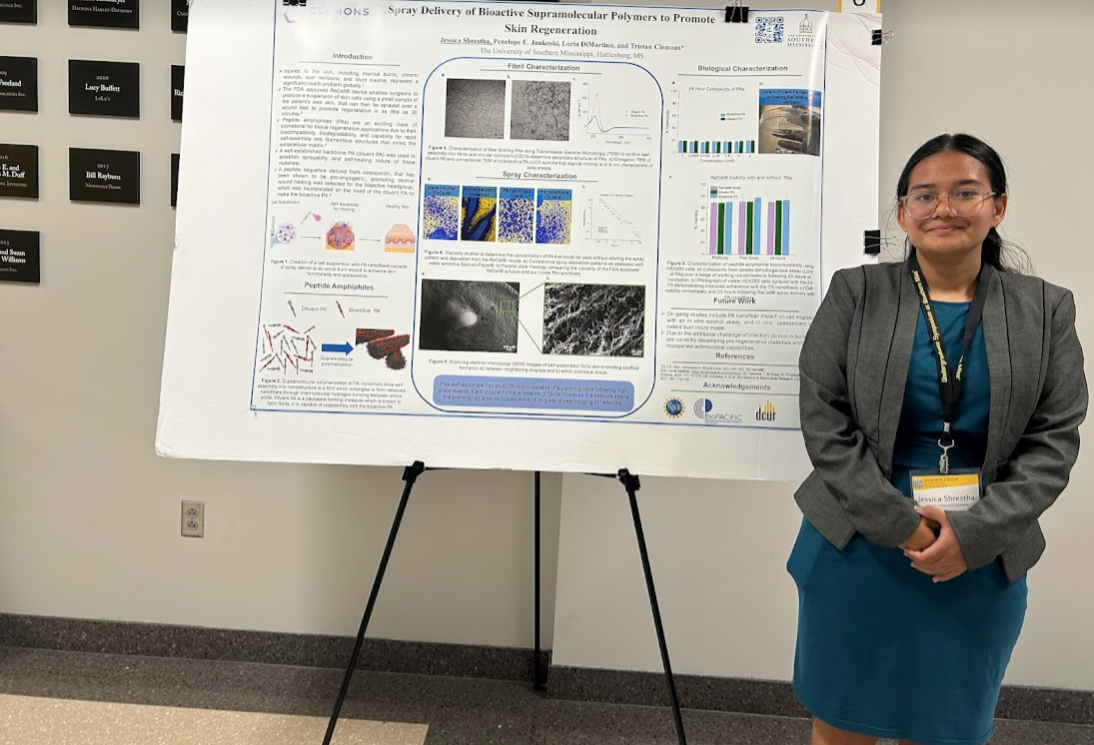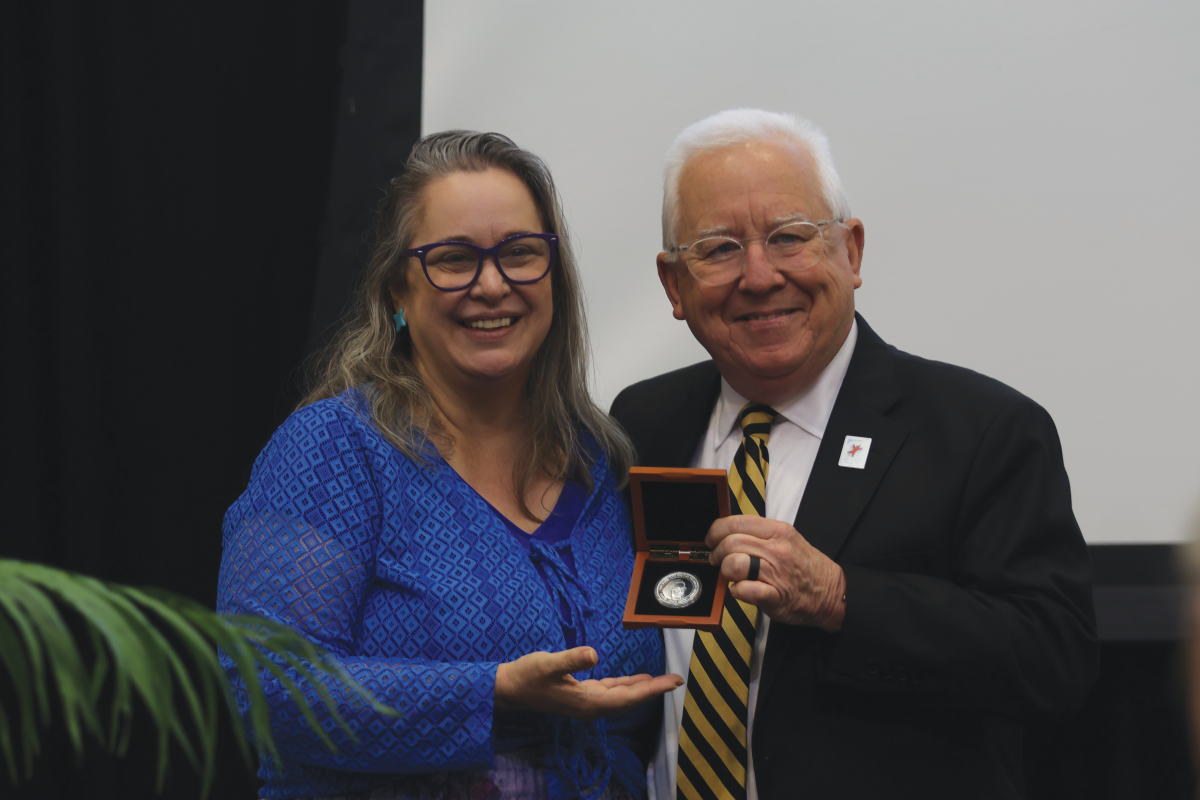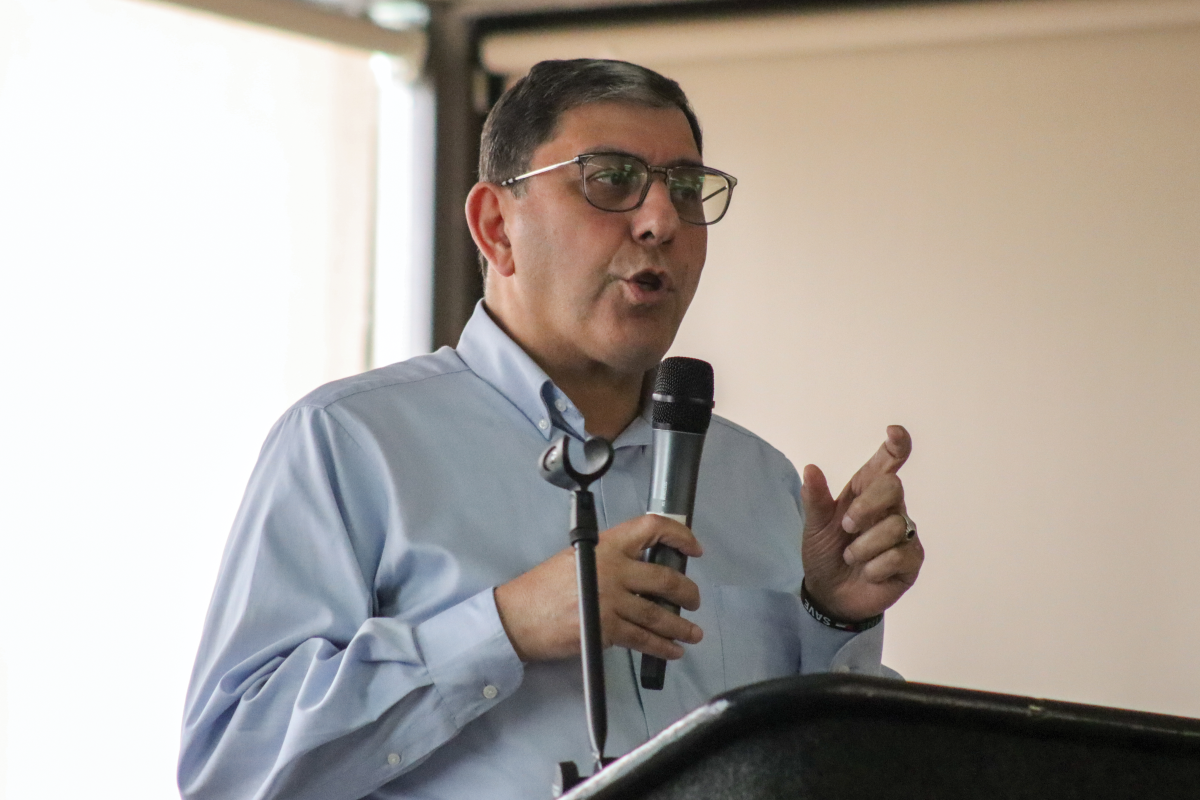Hard work is not a foreign concept to most college students. Homework, studying and attending classes is more than enough to fill their time. College students who work full-time jobs face a unique set of challenges, however.
In Mississippi, the employer designation for full-time workers ranges from 30 to 45 hours per week. In 2017, 10% of full-time undergraduate students were employed and working 35 hours or more per week.
For graduate students, the percentage is much higher. Seventy-six percent of graduate students work more than 30 hours per week.
There is no denying that working full-time and studying full-time can be a serious challenge. A student might find him or herself working 30 hours per week and attending 18 hours of lectures per week. On top of this, many professors recommend two to three hours of study time for each hour spent in class. This means that a student with an 18-hour class load could be expected to spend 54 hours per week on just studying.
For most people, this is simply not possible, so full-time students who also work full-time must find ways to optimize their time and use it to its full extent.
The unfortunate reality is that many of these students simply cannot spare that much time to dedicate to their studies.
With all the expectations resting on these students’ shoulders, their grades can suffer.
Gary Pike, Executive Director of Institutional Research and Associate Professor at Indiana University, said working full-time has been proven to have a negative effect on grades.
“Most of the studies have been pretty clear and consistent in saying that working full-time is not good at all,” Pike said to CNBC.
Research from the Bureau of Labor Statistics found that students who worked less than 20 hours per week had an average GPA of 3.13. The research indicates that students who worked more than 20 hours a week, however, had much lower grade point averages of 2.95 on average.
The pressure to work full-time hits low-income students the hardest. These students often face a lot of responsibility when it comes to financing their education. Many students from low-income families work as many hours as they are able in order to minimize their debt upon graduation or simply to support themselves while in school.
When it comes to race, there is also a divide when it comes to employment while in college. Asian full-time students were the least likely to be employed while in school, while mixed-race students were the most likely to be employed as full-time students.
It is true that anyone can choose to work or not while in school, but for some students, it is not so much a choice as it is a matter of survival. Many students are expected to pay their own rent and living expenses with no help from their parents.
Working full-time also leaves less room for extracurricular activities. This can have a negative effect on a student’s social life as well as his or her resume.
College professors generally hold all students to the same standards and expectations. This is what makes it harder for a student who works 35 hours or more per week as opposed to a student who does not.






























